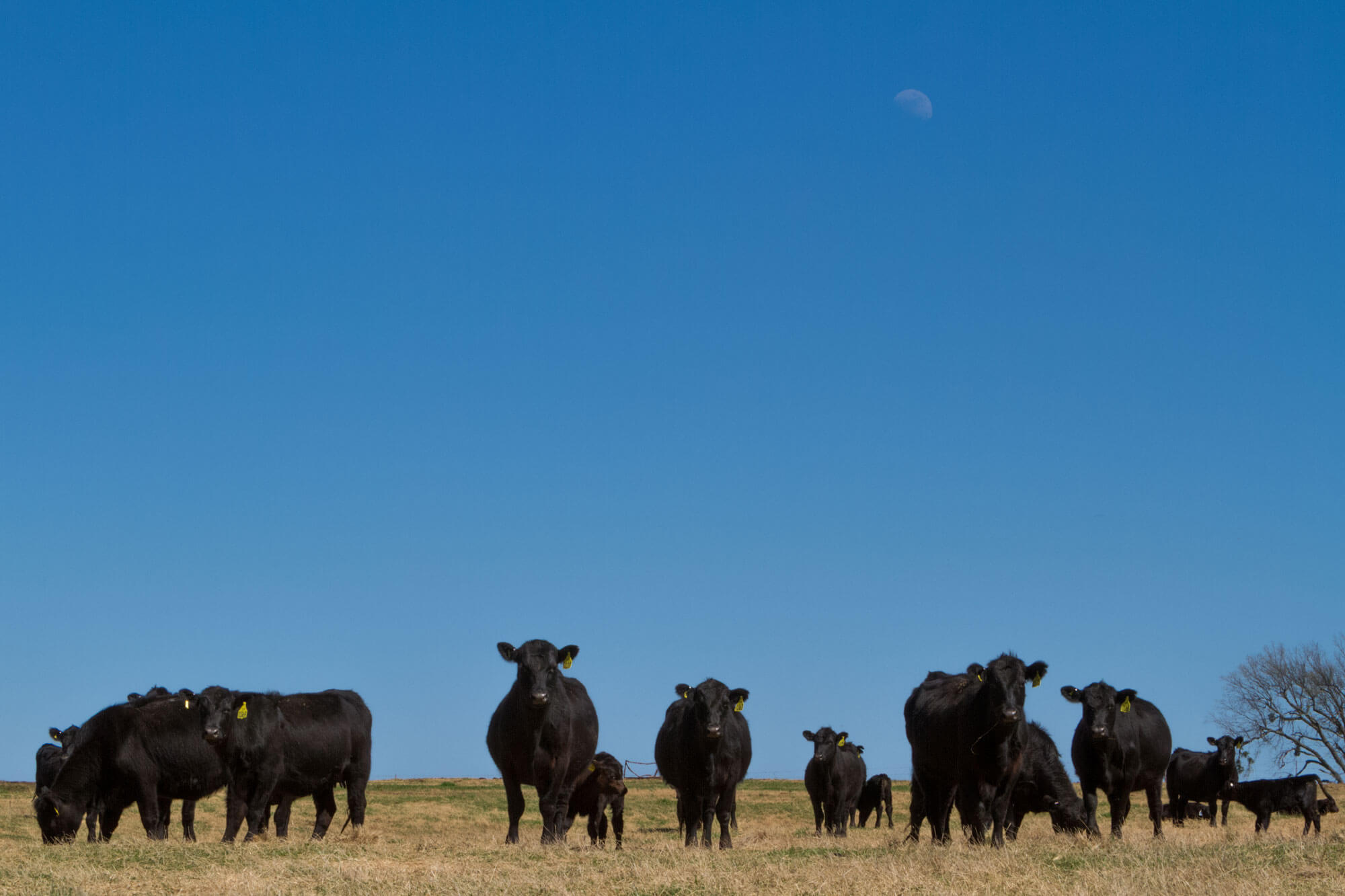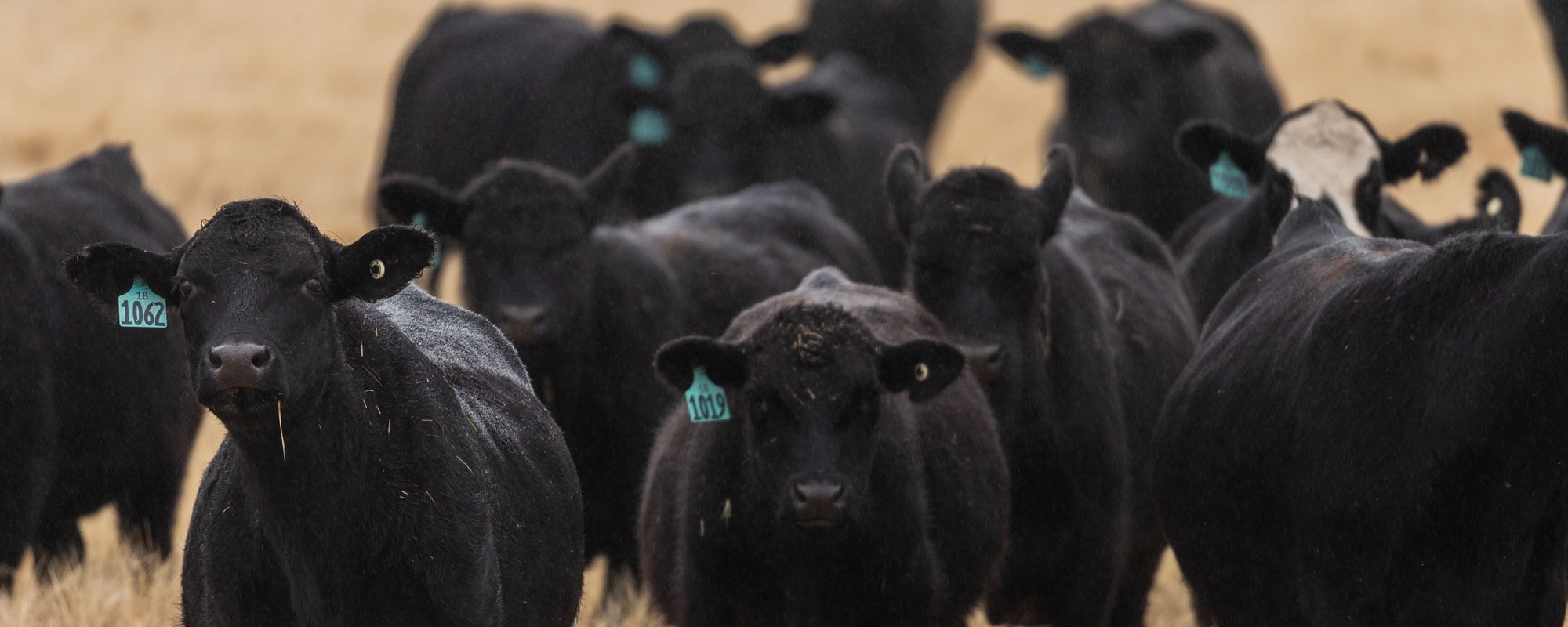What is intentional management? It might be easier to describe what it is not than to describe what it is. In an attempt at “tongue-in-cheek” humor, let me describe what intentional management is not.
You might not be managing intentionally if:
- Your record-keeping system is a shoe box or a file folder in which you keep receipts until tax time.
- Your marketing plan is to sell the largest calves each time you pen the herd, weaning the calves en route to the sale barn.
- Your winter feeding program is to provide cubes a couple of times a week to the herd without knowing the quality of the hay or standing forage on offer.
- Your stocking rate was set by what the neighbor, your granddad or your real estate agent suggested, and you don’t adjust it until drought forces you to.
- You don’t routinely test and analyze your pasture soils, yet you routinely apply fertilizer.
I’m sure you can think of other examples of how we as producers too often go about “running” cattle with little forethought and planning. In favorable years, we can get by easily enough, but in unfavorable years (due to weather, markets or other issues), difficulties arise. These unanticipated surprises can be costly and often difficult to overcome. Hopefully, most of us learn from our mistakes and failures and, if we survive, can laugh at them in hindsight. The secret is to fail early, fail often, but fail cheaply — and adapt our management so that we do not repeat our mistakes.
Manage With Intent
Intentional management is the active management of the collective components of an operation toward the achievement of realistic, well-defined goals. It is a holistic and forward-focused management approach in which an operational management plan is created and used as a template to plan and prioritize activities then to monitor and measure progress toward defined production and economic objectives. Management plans need to be built to complement the resources of the operation — the land, facilities, personnel and production system(s) being operated. Even though there is always some uncertainty within an agricultural operation, with a management plan in place, a producer has a road map to guide him or her toward a predetermined outcome. When variations in climate or markets or other surprises occur and force a change of course, having the plan in place helps guide a producer to either continue to navigate toward the original outcome or alter the course toward a new, more realistic or attainable goal, given the circumstances.
Planning Brings Clarity of Purpose
For intentional management to be more than a concept, it takes forethought, planning and action. The biggest challenge for most producers is getting started. It is much too easy to get caught up in the day-to-day activities of running a cattle ranch or agricultural operation. It is in the intentionality of developing a management plan where clarity of purpose is achieved. This is where a manager establishes a vision of a desired future for the ranch, identifies the key management objectives to be accomplished, devises an action plan that addresses the critical aspects of each management component, and integrates these components into the management plan for the ranch that the entire staff will implement.
The management plan for the current year becomes the template for the following year, with continual fine-tuning and adjustments over time while adapting to the changing industry, market conditions and climate variations that will occur. Through intentional management and use of a management plan, managers are more likely to attain their desired goals, will experience fewer surprises, and are better prepared for the unexpected when it occurs. Then, instead of just laughing at mistakes of the past, we can laugh ourselves all the way to the bank.

7 Steps of Intentional Management

1. Management Plan
First is the management plan itself, which is the compilation and integration of the other six components.


2. Pasture Management
Second is the pasture management plan, which includes the soils, forages and water resources. The management plan is grounded by the pasture management plan, which forms the foundation upon which the other components rest. The pasture management plan is the first component to address in intentional management.
3. Stocking Rate Management
Third is the stocking rate management plan, which entails the matching of grazing livestock numbers to forage production as well as managing and adapting livestock numbers as forage production changes within and throughout years.


4. Cattle Management
Fourth is the cattle management plan. The cattle management plan includes the breeding, nutrition, health and husbandry aspects of a cattle program, which ideally complements the land resources of the operation.
5. Marketing Plan
Fifth is the marketing plan, which leverages the attributes of the cattle and management for optimum economic results. Typically, this means managing the ranch resources so there is an element of flexibility within the stocking rate for retained ownership of calves or other stocker cattle enterprises as well as timing sales with favorable cattle markets and market cycles.


6. Record-Keeping System
The sixth component is a good record-keeping system for ranch operations. This is a record-keeping system that allows easy tracking and monitoring of critical production and economic information. It also provides managers the ability to conduct enterprise analyses, prepare financial statements, and develop monthly and annual operational reports.
7. Personnel Management Plan
Seventh is a personnel management plan, which allows a manager to intentionally develop the skills and knowledge of ranch staff to build competencies and enhance their value to the operation. A personnel management plan addresses the needs of the operation, from onboarding a new employee to rewarding valued and tenured employees. It also includes performance evaluations, goal-setting sessions, training and professional improvement.


Comments